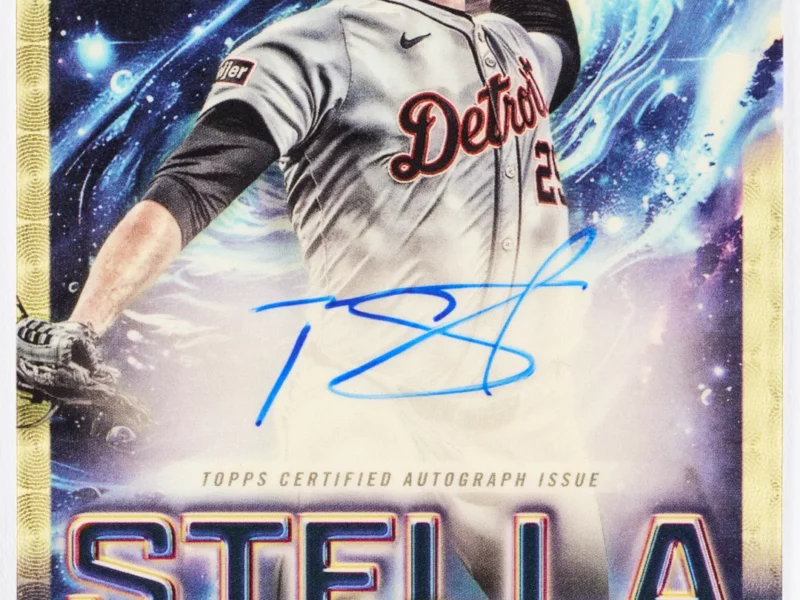Baseball is a sport of both triumph and defeat, where moments of greatness are etched into the annals of history. However, for every triumphant trade that changes the course of a franchise, there exists a handful of disastrous trades that haunt teams for years to come. In this blog, we will delve into some of the worst trades in MLB history, examining the regrettable decisions that left fans and front offices shaking their heads in disbelief.
- The Babe Ruth (Boston Red Sox to New York Yankees)
Perhaps the most infamous trade in MLB history, the 1919 deal that sent Babe Ruth from the Boston Red Sox to the New York Yankees is a cautionary tale for all sports franchises. At the time, the Red Sox were a dominant force in the league, but they shockingly decided to part ways with Ruth, a young pitcher and outfielder. Ruth would go on to become the most iconic figure in baseball history, revolutionizing the game with his home run prowess and charisma, while the Red Sox endured an 86-year World Series drought, famously known as the “Curse of the Bambino.”

- Lou Brock for Ernie Broglio (Chicago Cubs to St. Louis Cardinals)

In 1964, the Chicago Cubs made a devastating decision by trading away a young outfielder named Lou Brock to the St. Louis Cardinals for pitcher Ernie Broglio. While Broglio’s career stalled due to injuries, Lou Brock flourished with the Cardinals, becoming a stolen base machine and a key player in their World Series victories in 1964 and 1967. Brock’s trade remains one of the most one-sided deals in baseball history, leaving the Cubs to wonder what could have been.
- Tom Seaver (New York Mets to Cincinnati Reds)
The New York Mets’ decision to trade away Tom Seaver in 1977 sent shockwaves through the baseball world. Seaver, affectionately known as “Tom Terrific,” was the face of the franchise and a beloved figure in New York. However, a contract dispute led the Mets to trade him to the Cincinnati Reds. Seaver’s departure marked the end of an era for the Mets and left their fans heartbroken. The trade had a profound impact on the Mets’ fortunes, as they struggled to find a true ace pitcher for years to come.

- Jeff Bagwell for Larry Andersen (Boston Red Sox to Houston Astros)

In 1990, the Boston Red Sox made a grave mistake by trading a young prospect named Jeff Bagwell to the Houston Astros for relief pitcher Larry Andersen. Bagwell went on to become one of the most dominant first basemen of his generation, winning the National League MVP and leading the Astros to numerous postseason appearances. Meanwhile, Andersen had only a brief stint with the Red Sox, making this trade a painful memory for Boston fans.
- Mark Langston for Randy Johnson (Montreal Expos to Seattle Mariners)
In 1989, the Montreal Expos made a fateful trade, sending left-handed pitcher Mark Langston to the Seattle Mariners for a young flame-throwing prospect named Randy Johnson. While Langston was a solid pitcher, Johnson developed into one of the most dominant pitchers in MLB history, winning five Cy Young Awards and becoming a legend in Seattle. The trade still stings Expos fans, especially considering the team’s eventual relocation to Washington, D.C., and transformation into the Nationals.

- Nolan Ryan (New York Mets to California Angels)

In 1971, the New York Mets, seeking to bolster their offense, traded away a young Nolan Ryan to the California Angels. Ryan went on to become a legendary pitcher, setting numerous records for strikeouts and no-hitters during his illustrious career. The Mets, on the other hand, struggled with their pitching staff and missed out on the opportunity to have one of the greatest arms in baseball history leading their rotation.
Conclusion
Throughout MLB history, several ill-fated trades have left a lasting impact on teams and fans alike. These trades serve as stark reminders of the unpredictability of the baseball world and the importance of making thoughtful, well-informed decisions when building a team. From the departure of Babe Ruth that sparked a curse to the lopsided trades that gifted star players to rival teams, these trades have become cautionary tales for future generations of baseball executives.
As fans, we can only hope that these painful memories serve as valuable lessons, guiding franchises towards making better trade decisions and avoiding the pitfalls of the past. While baseball remains a game of uncertainty, the legacy of these worst trades in MLB history will continue to resonate for generations to come.




